
Rio Negro River Facts
- The term of Rio Negro River perfectly fits as the generally accepted name for this truly incredible and distinctive work of Nature. That’s due to the intriguing fact that, within the Spanish language, the term applied to the remarkable feature quite literally means Black River.
- The name for the captivating flow fits so well for a very specific reason, however. That statement holds true because of the fact that this marvelous work of Nature actually represents the largest known example of what’s known as a blackwater river in the entire world.
- As if this wasn’t enough to impress one, though, this awesome geographical feature fully merits respect for yet another very respectable reason. Incredibly, in terms of its average rate of discharge, this body of water also represents one of the ten largest rivers on the planet.
- In fact, its truly immense span sometimes creates certain difficulties for humans. Remarkably, its vast size serves as the source of occasional confusion. That holds true due to the fact that, in some of the regions it passes through, the marvel goes by the name of the Guainía River.
- As if everything else of note was not enough to distinguish it, the astonishing Rio Negro River also has an extraordinarily rich and fascinating history behind it. This remarkable situation further remains equally true in terms of both ancient and comparatively modern times.
- For the moment, at least, it currently remains unknown to historians just how long the various local Indigenous Peoples knew of the existence of this natural resource. Secondly, however, its modern discovery occurred early in what’s known as the modern era of exploration.
- In point of fact, the highly renowned Spanish explorer, Francisco de Orellana remains the first known European to record an observation of this prodigious creation of geological processes. This lucky discovery additionally occurred early in the exploration phase, in the year 1541.
Related Articles

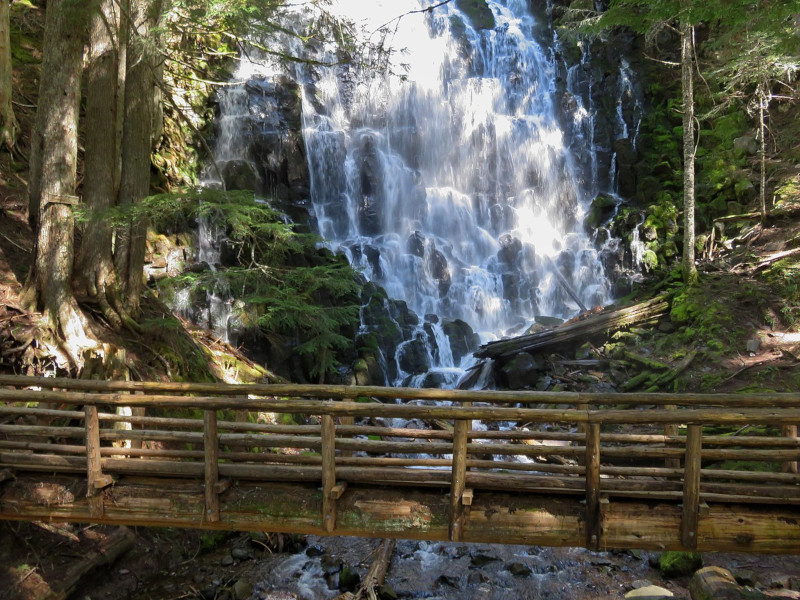
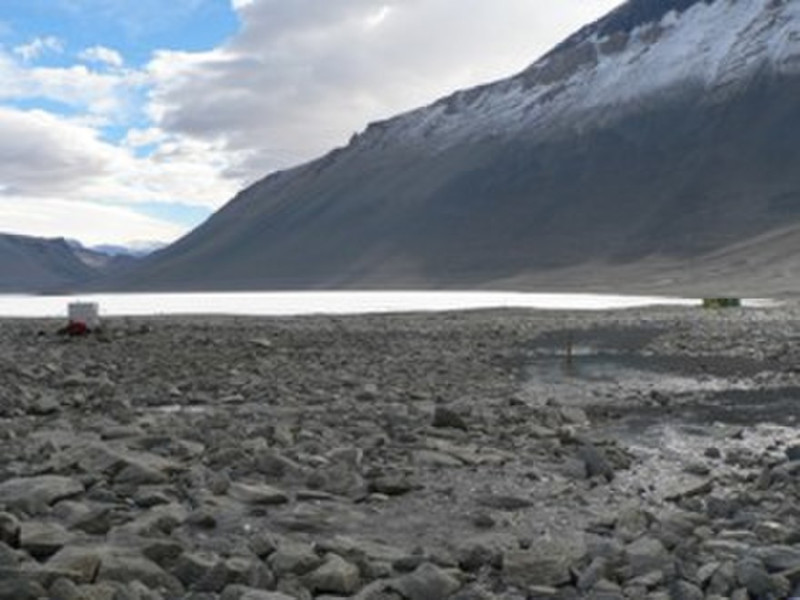
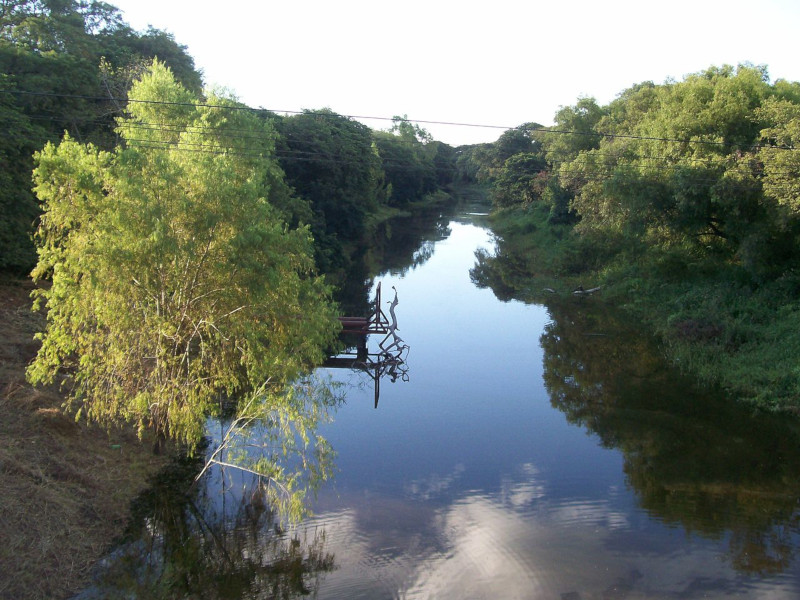
Rio Negro River Physical Description
Astoundingly, despite its own extreme size, the amazing Rio Negro River itself forms the tributary of another, even more impressive river. It nevertheless does have a beauty, splendor, and a uniqueness all its own. The wonder’s very often arbitrarily divided into three very distinct sections, too.
At first, the upper course of the marvelous river lies in the highlands of the nation of Colombia. From there, however, it casually flows roughly east-northeast, and passes through the Puinawai National Reserve. This part of the river also flows through many small indigenous settlements.
Meanwhile, the middle course of the stunning body flows through yet another neighboring country. Along the way, it’s joined by numerous tributaries, significantly swelling its flow. This section consequently remains filled with numerous extremely powerful rapids, as well as small islands.
At one specific point along this incredible stretch, the Rio Negro River actually constitutes the geographical border of three countries. After that, the lower course continues primarily flowing eastward. It also contains even more small islands, and narrows and broadens quite frequently.
Astonishingly, though, during the local wet season, Nature actually takes this natural marvel to even greater heights. That’s due to the fact that, at this time, it also forms countless small lagoons, complex channels, and even more, though temporary, islands throughout this section.
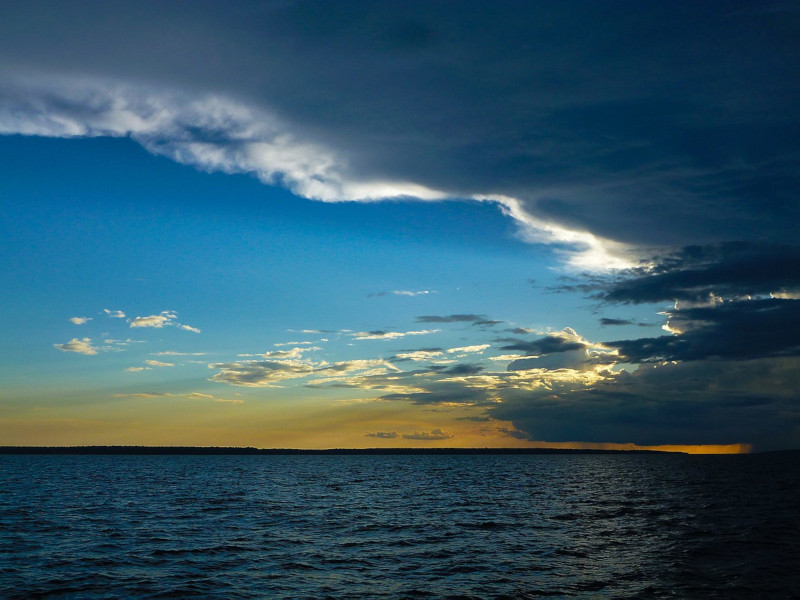
Rio Negro River Location, Nature, and Fauna
The breathtaking and highly fascinating feature known as the Rio Negro River formed in an already astonishing part of the surface of the world. That holds true because it originates in a portion of the world very well known for its great natural beauty, that of the continent of South America.
More precisely, though, this truly magnificent work of Nature and geology runs through three separate countries. Those are the countries of Brazil, Colombia, and Venezuela. The astounding creation of inexorable forces also boasts an overall length of an incredible 1,400 mi (2,250 km).
But, its most distinctive feature remains the one for which it’s so aptly named. Many portions of the waters of the remarkable river display a dark brown, almost black color. That’s due to the continual presence of large volumes of humic acid, from vast amounts of decomposing vegetation.
Since it forms a tributary of the mighty Amazon River, another factor of the intriguing nature of the Rio Negro River stands out. Not surprisingly, its waters play host to a remarkabaly broad variety of life. Among these are more than 700 species of fish, including the potentially dangerous Pacu.
Researchers further believe several hundred more species may still remain unidentified by science. Incredibly, at least 100 of these species do not seem to appear in any other area of the world. Countless varieties of turtles also make their home within the highly unique depths of the river.
Features Sharing Its Region
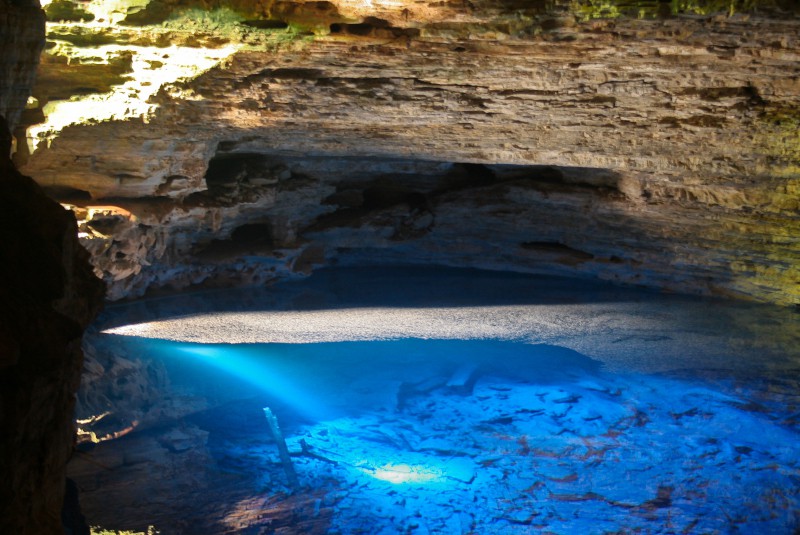
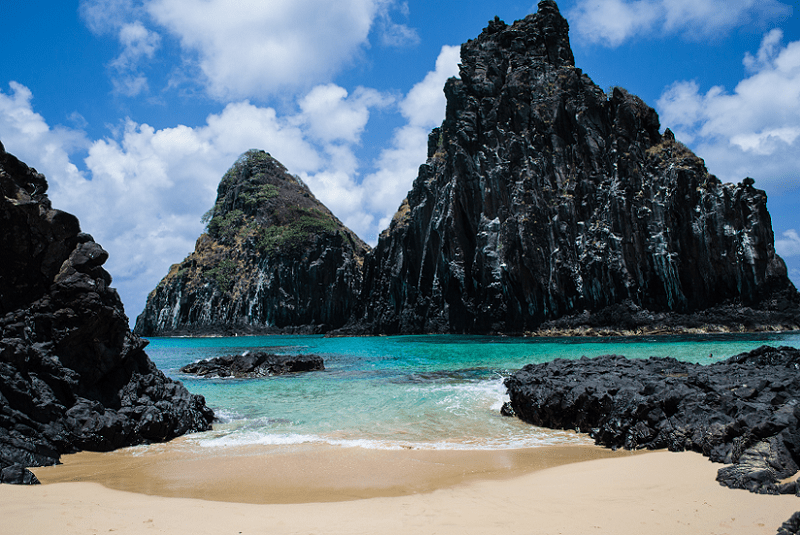
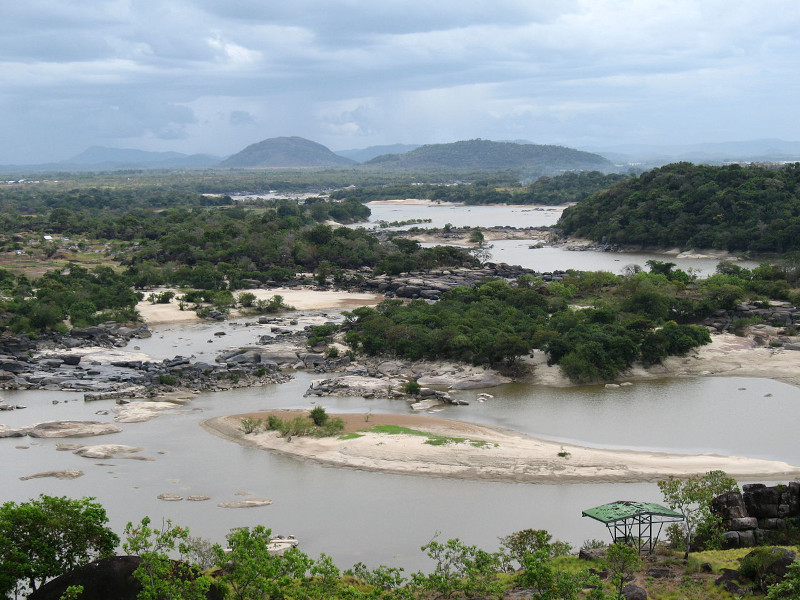
Check out our other articles on Fabulous Herbaceous Plants Named After Animals, Victoria Crowned Pigeon, Hunza Valley, Sea Marigold, Pink Fairy Armadillo, White Witch Moth









Leave a Reply